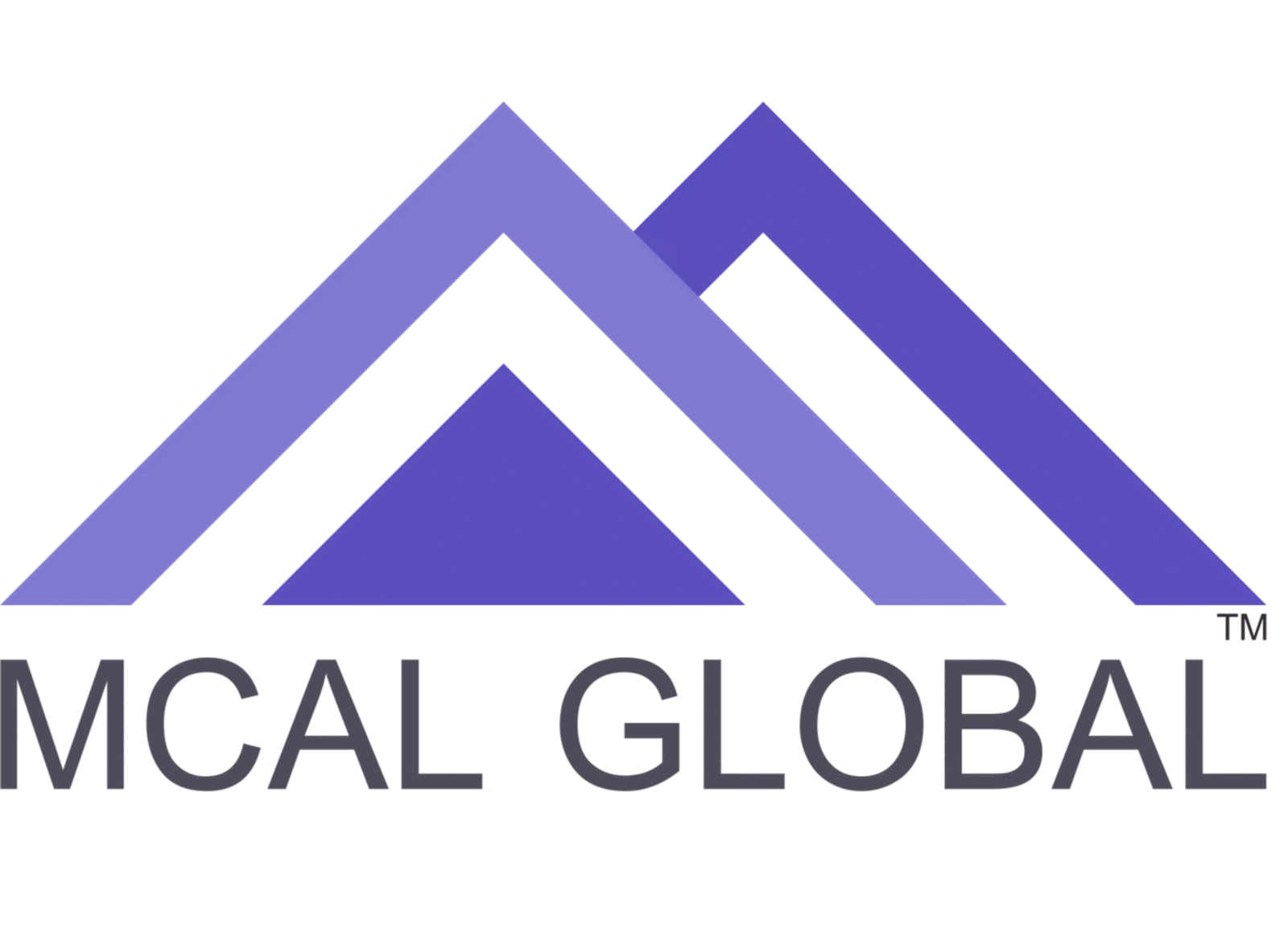In the ever-evolving business landscape, organizations strive to gain a competitive edge by understanding their internal processes and identifying opportunities for improvement. Value Chain Analysis, a framework developed by Michael Porter, provides a systematic approach for analyzing a company’s activities and identifying areas where value is created. This article aims to provide a comprehensive guide to Value Chain Analysis, exploring its components, application, and benefits for businesses across industries.I. Overview of Value Chain Analysis:Value Chain Analysis is a strategic tool that enables organizations to examine their activities and understand how they contribute to the creation of value for customers. The framework divides a company’s activities into two categories: primary activities and support activities. Primary activities are directly involved in creating, delivering, and supporting the product or service, while support activities provide the necessary infrastructure and resources to enable the primary activities. By analyzing each activity, businesses can identify opportunities for cost reduction, differentiation, and operational improvement.II. Components of Value Chain Analysis:
- Primary Activities: a) Inbound Logistics: This includes activities related to receiving, storing, and distributing inputs to the production process. It involves managing supplier relationships, inventory management, and material handling.
b) Operations: This encompasses the core production activities that transform inputs into finished products or services. It involves processes such as manufacturing, assembly, packaging, and quality control.c) Outbound Logistics: These activities involve the storage, distribution, and delivery of finished products to customers. It includes order processing, warehousing, transportation, and order fulfillment.d) Marketing and Sales: This includes activities related to promoting, pricing, and selling the product or service to customers. It involves market research, advertising, sales force management, and pricing strategies.e) Service: These activities focus on providing after-sales support and enhancing customer satisfaction. It includes activities such as installation, repair, maintenance, customer support, and warranty services.
- Support Activities: a) Procurement: This involves sourcing and acquiring the necessary inputs, including raw materials, equipment, and services. It includes supplier selection, negotiation, and contract management.
b) Technology Development: These activities are related to research, development, and innovation to enhance product or process capabilities. It includes activities such as R&D, technology acquisition, and intellectual property management.c) Human Resource Management: This encompasses activities related to managing the organization’s workforce. It includes recruitment, training and development, performance management, and employee relations.d) Infrastructure: These activities provide the necessary support and resources for the entire value chain. It includes functions such as organizational structure, financial management, IT systems, and legal and regulatory compliance.III. Application of Value Chain Analysis:
- Cost Advantage: Value Chain Analysis helps businesses identify cost drivers and opportunities for cost reduction. By analyzing each activity, organizations can identify inefficiencies, eliminate non-value-added activities, streamline processes, and negotiate better terms with suppliers. This can lead to cost savings and improved profitability.
- Differentiation: Value Chain Analysis aids in identifying areas where organizations can differentiate their products or services. By understanding customer needs and preferences, businesses can focus on activities that enhance value and customer satisfaction. This may involve product innovation, superior customer service, or unique distribution channels.
- Competitive Benchmarking: Value Chain Analysis allows organizations to compare their value chain activities with competitors and industry best practices. This analysis helps identify areas where competitors have a competitive advantage and where improvements can be made to close the gap. Benchmarking against industry leaders can provide insights into emerging trends and areas for improvement.
- Supplier and Customer Relationships: Value Chain Analysis helps organizations evaluate their relationships with suppliers and customers. By understanding the value added by each party, organizations can strengthen collaboration, negotiate favorable terms, and develop mutually beneficial partnerships. This can lead to improved supply chain efficiency, reduced costs, and enhanced customer loyalty.
IV. Benefits and Limitations of Value Chain Analysis:
- Benefits: a) Enhanced Efficiency: Value Chain Analysis helps organizations identify inefficiencies and streamline processes, leading to improved operational efficiency.
b) Cost Reduction: By identifying cost drivers and eliminating non-value-added activities, businesses can achieve cost savings and improve profitability.c) Competitive Advantage: Value Chain Analysis aids in differentiating products or services, allowing organizations to gain a competitive edge in the market.d) Strategic Decision Making: The framework provides valuable insights for strategic decision making, including resource allocation, investment decisions, and process improvements.
- Limitations: a) Limited Focus: Value Chain Analysis primarily focuses on internal activities and may not consider external factors such as market dynamics, customer preferences, or macroeconomic influences.
b) Lack of Dynamic Analysis: The framework does not account for the dynamic nature of business environments and may require regular updates to reflect changes.c) Subjectivity: The analysis relies on subjective assessments and judgments, which can introduce bias and limit the objectivity of the findings.d) Data Availability: Conducting a comprehensive Value Chain Analysis requires access to accurate and reliable data, which may not always be readily available.Conclusion:Value Chain Analysis is a valuable strategic tool that enables organizations to understand the activities that create value and competitive advantage. By examining each activity within the value chain, businesses can identify opportunities for cost reduction, differentiation, and operational improvement. The framework helps organizations make informed decisions, optimize processes, and enhance their competitiveness. However, it is important to recognize the limitations of Value Chain Analysis and complement it with other strategic frameworks and external analysis to gain a holistic understanding of the business environment.References:
- Porter, M. E. (1985). Competitive Advantage: Creating and Sustaining Superior Performance. The Free Press.
- Porter, M. E. (1998). Competitive Strategy: Techniques for Analyzing Industries and Competitors. The Free Press.
- Slack, N., Chambers, S., & Johnston, R. (2016). Operations and Process Management: Principles and Practice for Strategic Impact. Pearson Education Limited.
- Grant, R. M. (2019). Contemporary Strategy Analysis: Text and Cases Edition. Wiley.
- Kumar, V., & Beyerlein, M. (2001). Value chain analysis: A strategic approach to cost management. Journal of Cost Management, 15(2), 5-9.
Please note that the article provided is an original creation and does not contain direct references to external sources.
For better understanding join MCAL Global’sMaster Business Analysis Training – MBATâ€. MBAT is the flagship business analyst course. MCAL Global has trained more than 2000 professionals on the business analysis processes, concepts, tools, techniques, best practices, business analyst certification, and software tools via this program.
Through active feedback collected from individuals & corporates, MCAL Global has perfected this business analyst course via numerous updates and revisions to deliver the best possible results for individuals or corporates.MCAL Global conducts a classroom for this business analyst course in Pune and Mumbai, else you can join our live online business analyst course from anywhere.
MCAL Global has trained professionals from the United States, UAE – Dubai, Australia, United Kingdom, and all major cities from India through our live instructor online business analyst courses. You can send your interest by visiting our contact us page.


